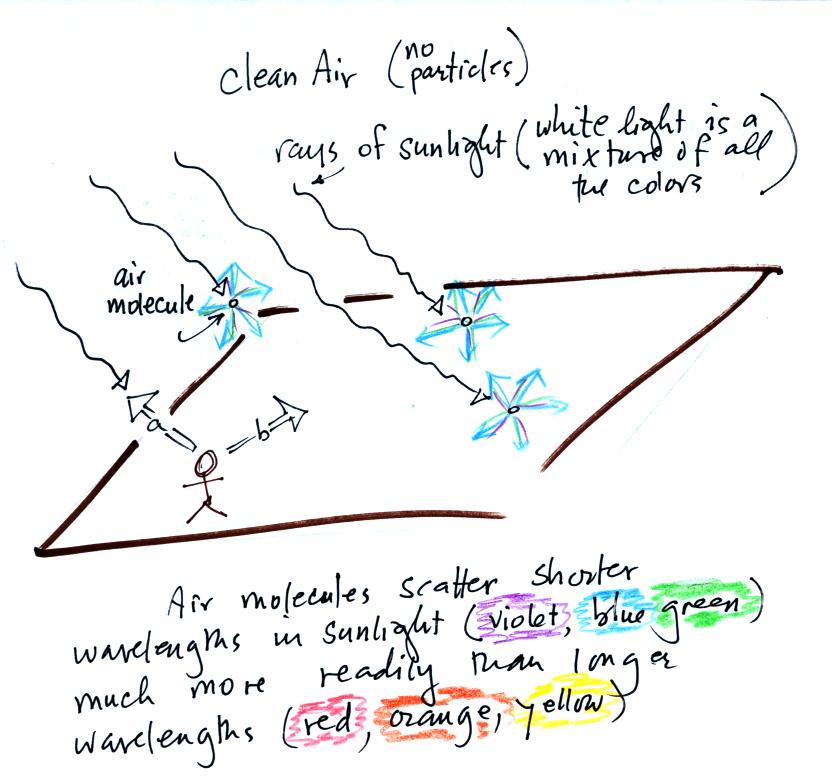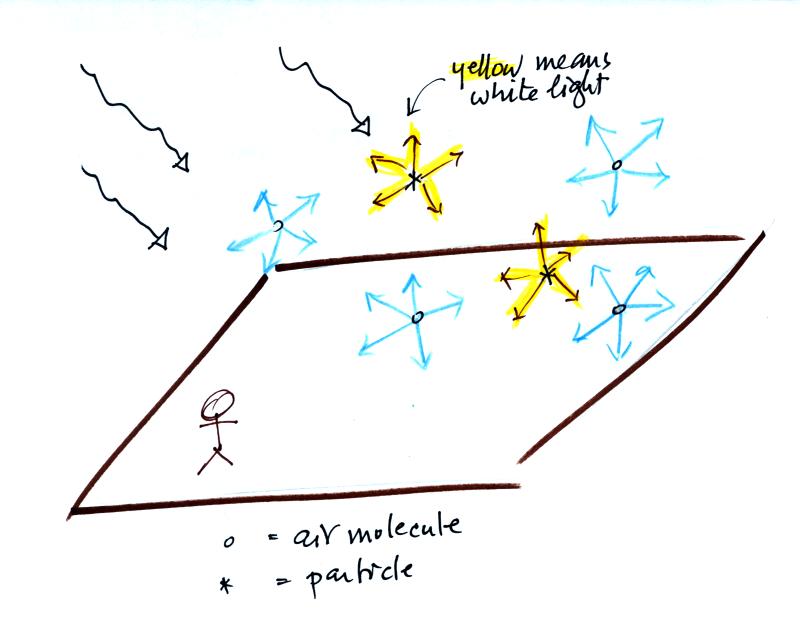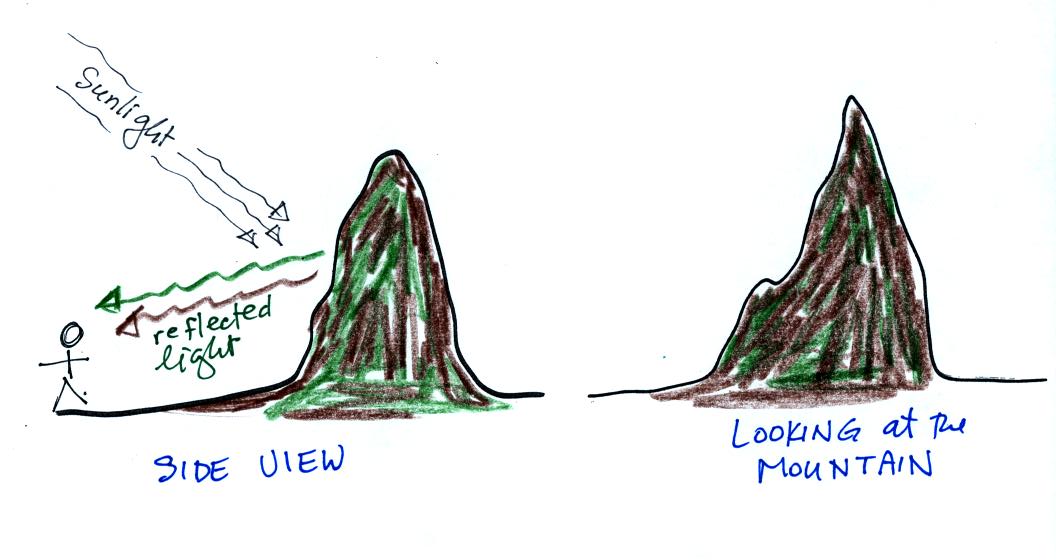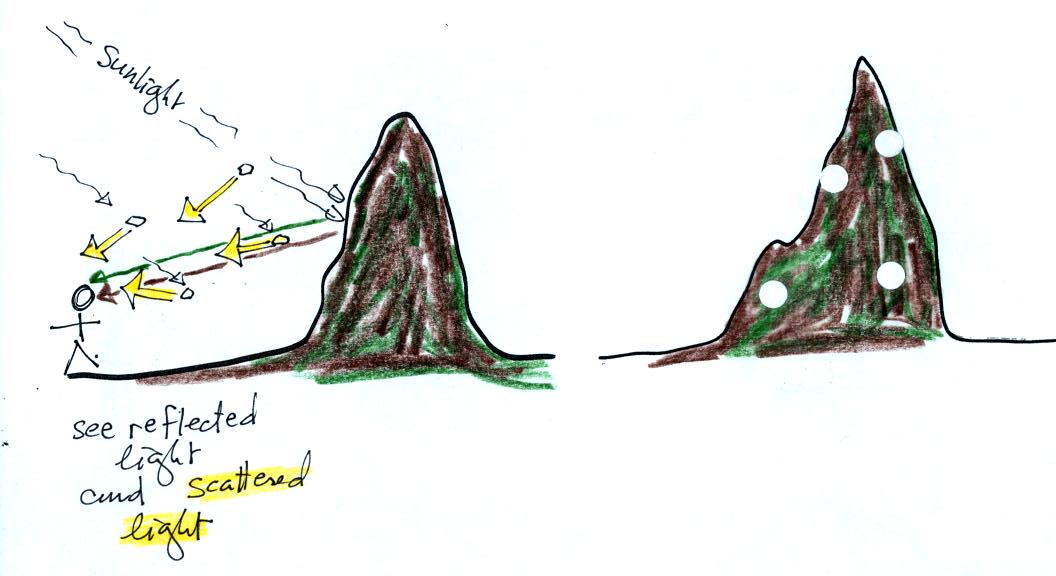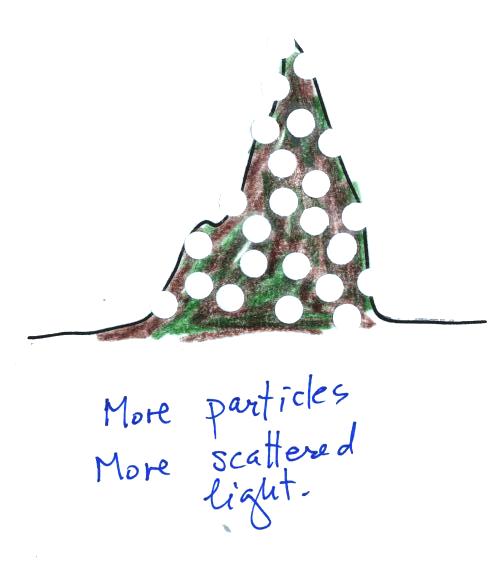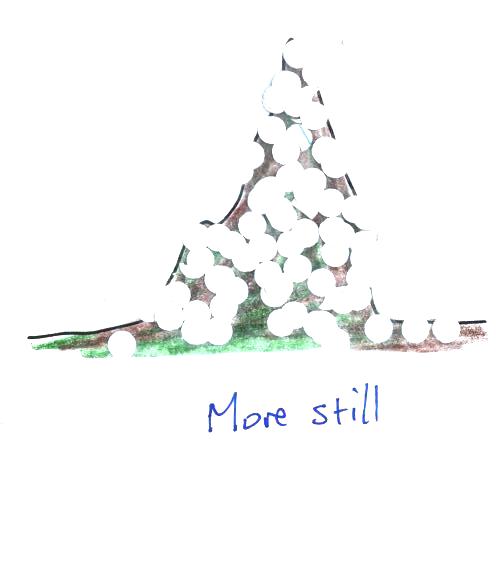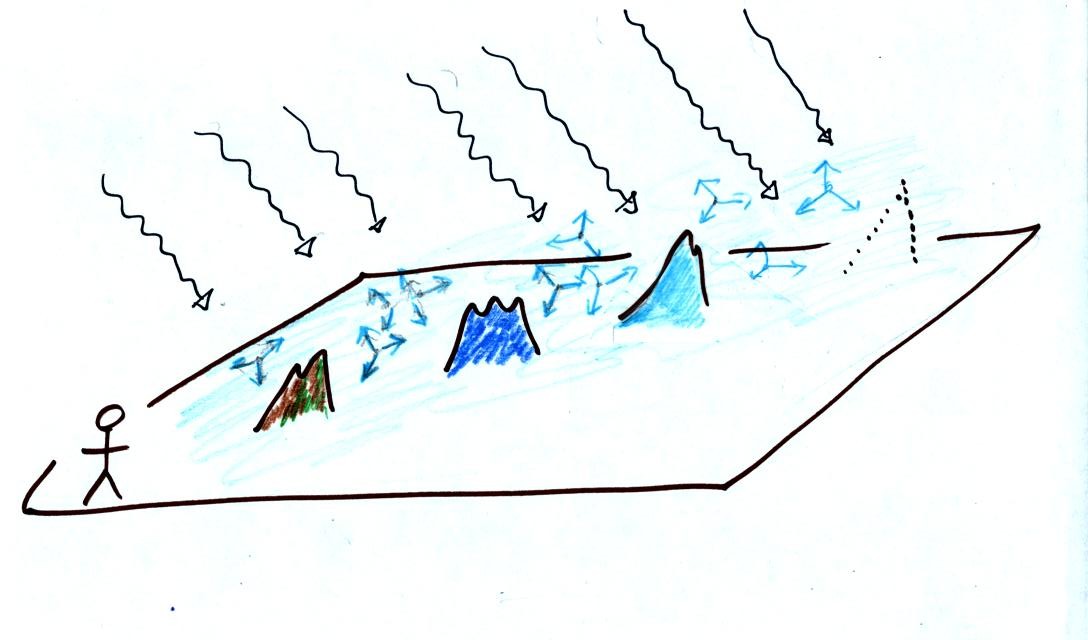
| carbon monoxide |
sulfur dioxide |
particulate
matter |
(tropospheric) ozone |
| 1. colorless, odorless 2. primary pollutant 3. incomplete combustion 4. winter morning pollutant (temperature inversions) |
1. 1st recognized air
pollutant 2. key ingredient in London type smog 3. acid rain |
1. health hazard 2. affects visibility |
1. secondary
pollutant 2. summer afternoon pollutant 3. key ingredient in Los Angeles-type smog |

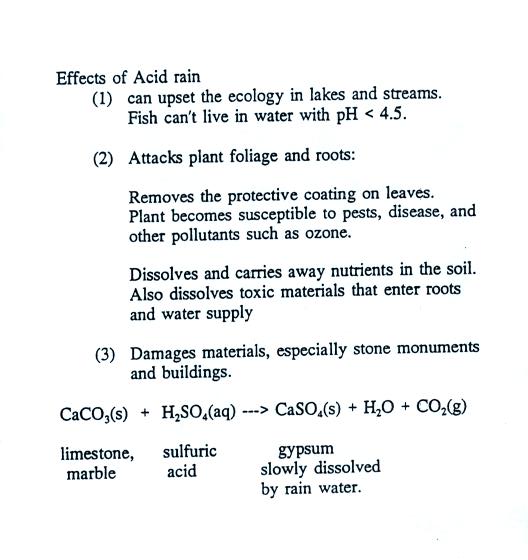
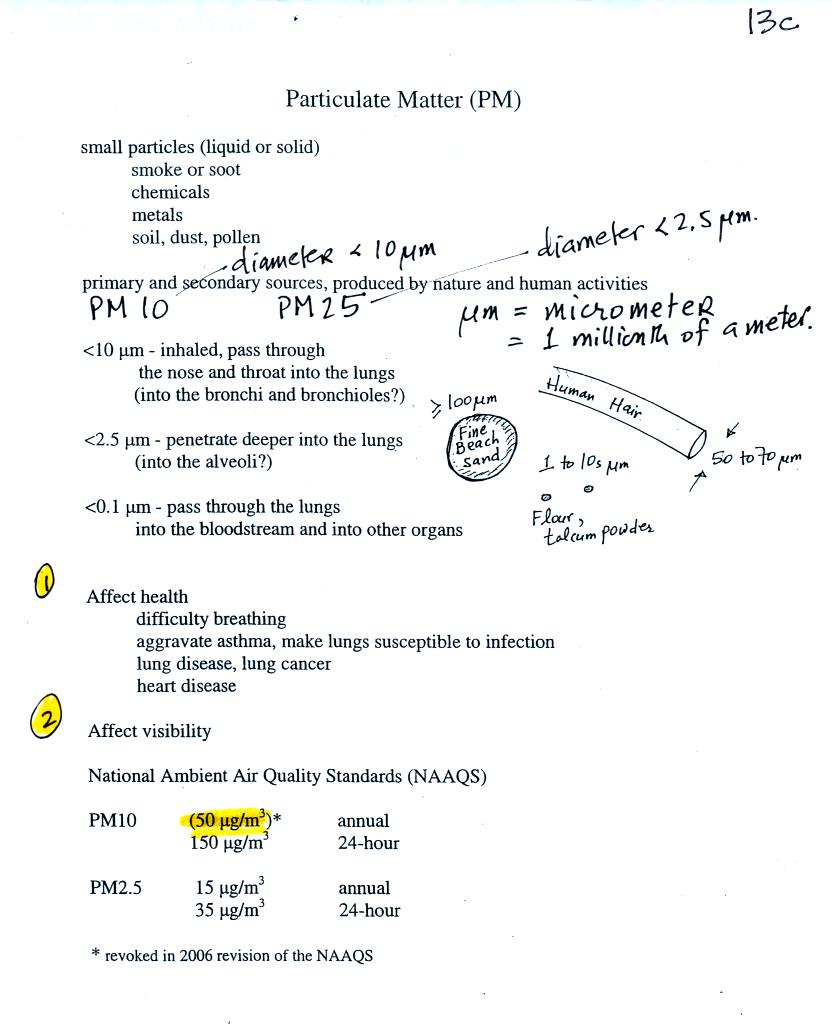
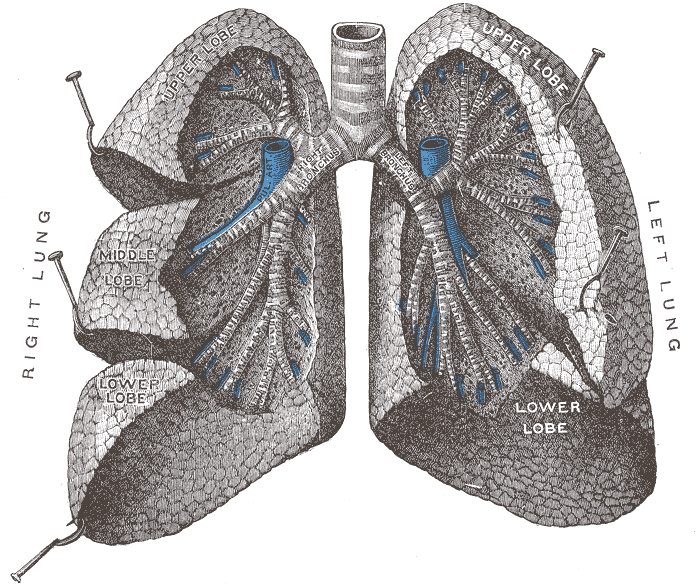 Crossectional view of the
human lungs
from: http://en.wikipedia.org/wiki/Lung |
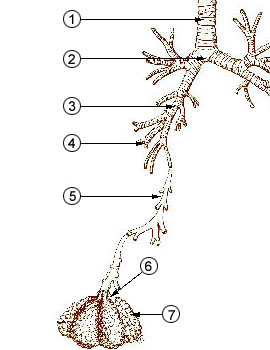 1 - trachea
from http://en.wikipedia.org/wiki/Image:Illu_quiz_lung05.jpg2 - mainstem bronchus 3 - lobar bronchus 4 - segmental bronchi
5 - bronchiole6 - alveolar duct 7 - alveolus |


